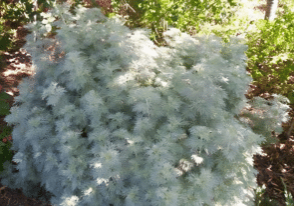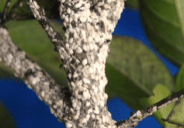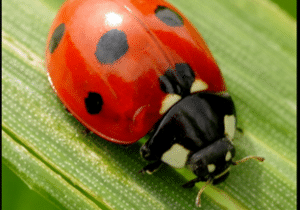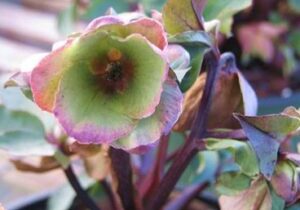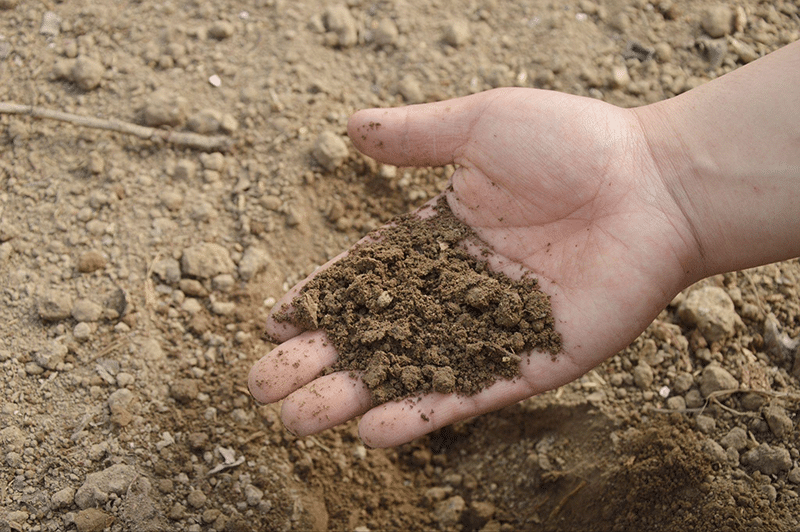By Steve Pulliam
Maintaining a lush, healthy lawn in South Carolina's unique climate can be both challenging and rewarding. One of the most effective ways to achieve this is through a well-planned weed and feed program. However, not all weed and feed programs or products are created equal. And what works for one lawn may not work for another. To determine the best program for your lawn, it’s important to start with a soil analysis.
Understanding Your Soil
South Carolina's diverse geography means that soil composition can vary significantly from one area to another. Coastal regions often have sandy soils, while inland areas might have clay or loamy soils. Conducting a soil analysis will provide essential information about your soil's pH, nutrient levels, and composition, allowing you to tailor your lawn care approach more precisely.
Steps for a Successful Soil Analysis
- Sample Collection: using a soil probe or small shovel, collect soil samples from various parts of your lawn. Aim for at least 10-12 samples taken from different spots, mixed together for a comprehensive analysis. Most labs recommend about a cups-worth of soil be collected.
- Testing: Submit your samples to a local cooperative extension office or a certified soil testing lab. They will provide a detailed report on your soil's nutrient levels, pH balance, cation exchange capacity (measure of fertility), and recommendations for amendments.
Interpreting Results: Use the analysis to understand what nutrients your lawn is lacking and adjust your weed and feed program accordingly. Some labs will provide recommendations to help get you started in the right direction.
Choosing the Right Weed and Feed Product
Weed and feed products combine herbicides with fertilizers to tackle weeds and nourish your grass simultaneously. Here’s what to consider when choosing the right product:
- Grass Type: Identify the type of grass in your lawn. Common types in South Carolina include Bermuda, Zoysia, Centipede, and St. Augustine. Different grasses have varying nutrient requirements and tolerance levels for specific herbicides.
- Weed Types: Determine the types of weeds prevalent in your lawn (some local landscape supply stores offer free weed identification materials). Different weed and feed products target different weed species. Knowing whether you’re dealing with broadleaf weeds, grassy weeds, or both will help guide your choice of products.
- Timing: Apply the product at the right time of year. In South Carolina, early spring and fall are typically the best times for weed and feed applications. This ensures the grass can absorb nutrients during peak growing seasons while effectively managing weeds.
Application Tips
- Follow Instructions: Carefully read and follow the manufacturer’s instructions on the product label. Over-application can harm your lawn and under-application may not effectively address weed problems.
- Watering: Water your lawn lightly before applying the product to ensure the soil is moist. However, avoid watering immediately after application unless instructed, as this can wash away the herbicide.
- Even Distribution: Use a spreader for even distribution of the product. Uneven application can lead to patchy results and may cause some areas to be over-treated or under-treated.
Post-Application Care
- Monitor Results: After applying weed and feed, monitor your lawn for improvements and any signs of distress. Adjust future applications based on observed outcomes.
Regular Maintenance: Maintain a regular lawn care routine, including proper mowing, watering, and periodic soil testing to keep your lawn in optimal condition.
Achieving a beautiful lawn in South Carolina requires understanding the unique characteristics of your soil and choosing the right weed and feed products tailored to your specific needs. Starting with a thorough soil analysis and carefully selecting and applying the appropriate products will set you on the path to a healthy, weed-free lawn. Regular monitoring and maintenance will ensure that your lawn remains vibrant and resilient throughout the seasons

